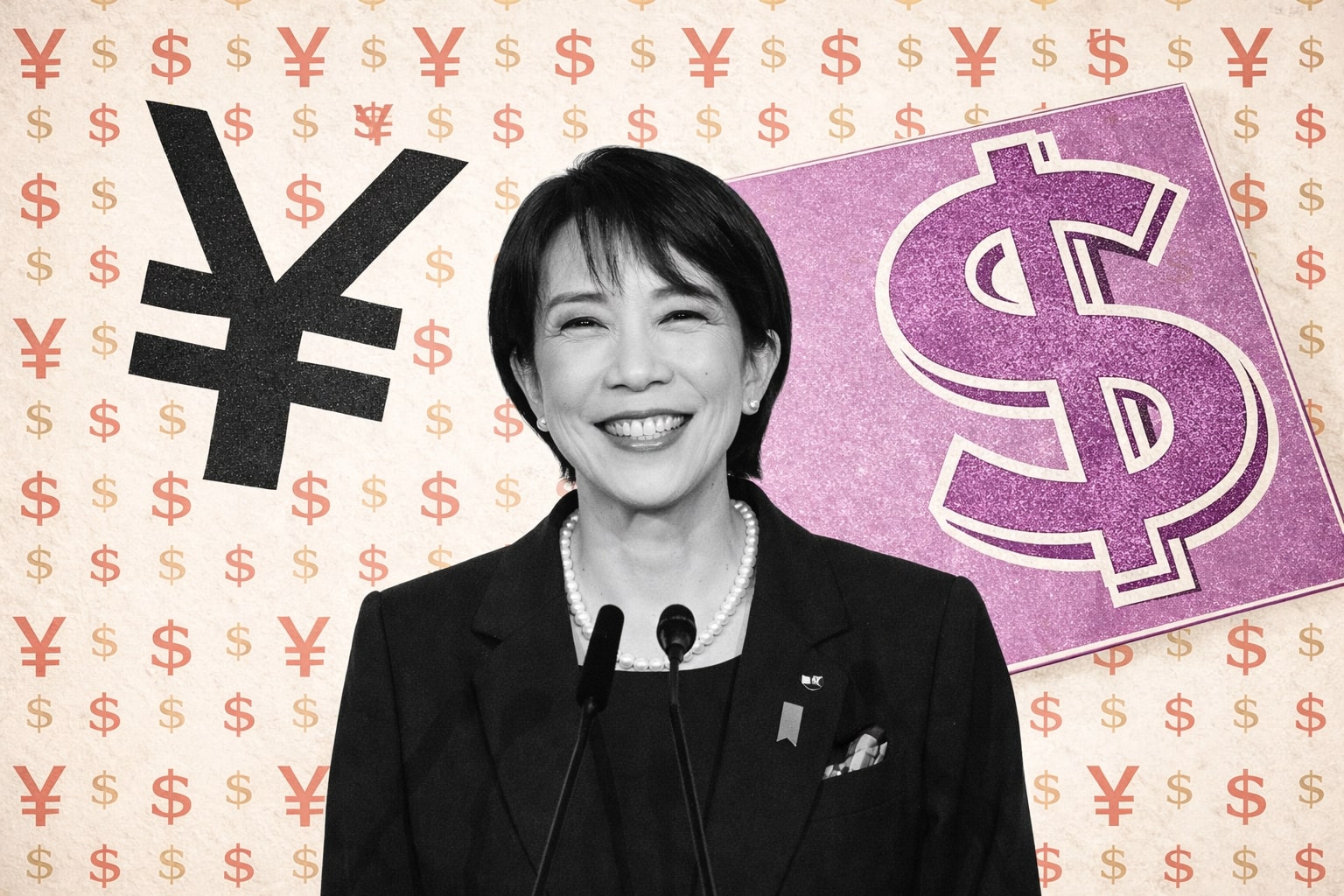Ethereum (ETH-USD) Price Forecast: Corporate Buying, Whale Moves, and Technical Pressure
Ethereum (ETH-USD) is trading at $4,368, holding above a critical inflection zone while absorbing a week-long decline of nearly 7.9%. The broader setup remains divided between strong institutional inflows, whale accumulation, and technical headwinds that continue to test the resilience of bulls. With September approaching, the $4,200 support level has emerged as the defining battleground for ETH’s trajectory.
ETH-USD Technical Picture and Market Structure
The failure to sustain momentum above $4,865–$4,900 triggered a wave of liquidations, forcing Ethereum back into the midline of its ascending channel. Current structure shows ETH consolidating between $4,200 support and $4,800 resistance, with the RSI hovering at 52, signaling cooling bullish strength but not outright weakness. A break below $4,200 could expose ETH to the $3,800 zone, which overlaps with a dense long-liquidation cluster.
On the upside, traders are watching $4,567 (the 50-day SMA) as the immediate pivot. A daily close above this level could retest $4,865, and a sustained break opens the path toward $5,100, the next psychological milestone. Short-term liquidity maps show trapped shorts between $4,800–$5,000, a zone likely to be tested if bulls reclaim momentum.
Whale Rotation from Bitcoin to Ethereum
Ethereum’s case was strengthened by one of the largest single moves in crypto this year. A whale rotated $5 billion worth of Bitcoin into ETH, executing transactions through Hyperliquid and securing $33 million in trading profits from long positions. This accumulation lifted the entity into the top 5 ETH holders globally, controlling over 220,000 ETH.
This is not isolated speculative activity. It marks a confidence shift, suggesting whales now view ETH as the higher-beta asset relative to Bitcoin (BTC-USD), with Ethereum’s role in staking, DeFi, and tokenization positioning it for superior returns in the 2025 cycle.
Corporate Treasuries and Institutional Flows
Corporate adoption has reached record levels. StrategicETHReserve data shows 69 companies now hold 4.1 million ETH, worth $17.6 billion, equal to 3.4% of total supply. Nevada-based BitMine Immersion leads with 1.52 million ETH ($6.6 billion), while SharpLink Gaming controls 741,000 ETH ($3.2 billion). These balances dwarf early Bitcoin treasury allocations during its institutional run, highlighting Ethereum’s rising profile as “trustware” for corporate finance.
ETF inflows reinforce this trend. In August alone, U.S. Ether ETFs absorbed $4 billion, bringing total ETF exposure to 5% of supply, valued at over $25 billion. This comes despite validator exits now totaling $5 billion worth of ETH awaiting withdrawal, with the exit queue stretching to 19 days. Scarcity is emerging because institutions are buying more than 35 ETH for every 1 ETH issued, offsetting staking withdrawals.
On-Chain Dynamics and Liquidation Clusters
Heatmap data indicates dual magnets: upside liquidity between $4,800–$5,000 where shorts are trapped, and downside pressure at $3,800–$4,200 where long liquidations are concentrated. This structure explains ETH’s range-bound action. Bulls need to break above $4,600–$4,865 to flip sentiment and trigger forced buying, while bears require a flush through $4,200 to extend losses.
Ethereum vs. Bitcoin: The Flippening Revisited
The whale’s $5B pivot reignited speculation on the “Flippening.” Ethereum outperformed Bitcoin in August, climbing 14% versus BTC’s 7%, while its share of DeFi, tokenization, and stablecoins grows steadily. Analysts at Standard Chartered project $7,500 ETH by year-end, $12,000 by 2026, and $25,000 by 2029, citing treasury demand and ETF flows as the backbone of this long-term thesis.
Bitcoin retains its “digital gold” status, but Ethereum is increasingly cast as digital infrastructure, with demand rooted in smart contracts, scaling layers, and tokenized assets. The comparison is no longer purely speculative: corporate balance sheets are already making ETH a reserve asset.
Staking, ETFs, and Macro Environment
Staking dynamics remain two-sided. Validator exits suggest near-term sell pressure, yet institutional flows and ETF demand are absorbing more than the market issues. On-chain, the validator exit queue does not indicate permanent outflows; many entities are rotating ETH to staking-as-a-service providers, showing restructuring rather than liquidation.
Macro conditions are supportive. With the Fed leaning toward further rate cuts, risk assets such as ETH stand to benefit from liquidity expansion. Institutional futures volume has spiked, confirming ETH’s integration into traditional financial flows.
Ethereum (ETH-USD) Forecast Outlook
At $4,368, Ethereum sits in the middle of a decisive range. The bullish path requires a hold of $4,200 and a breakout through $4,865, which unlocks the $5,100 level. Failure to defend $4,200 exposes $3,800, a crucial make-or-break support.
Whale accumulation of $5B, corporate treasuries controlling $17B, and ETF inflows of $4B in August all point to structural demand that reinforces ETH’s long-term bullish case. Short-term volatility remains likely, but the broader thesis places Ethereum on track for higher valuations, supported by institutional confidence and its role in powering DeFi and tokenization.
Based on the balance of flows, corporate adoption, and technical setup, ETH remains a Buy, with risk defined at $4,200 and upside targeting $4,865–$5,100 into September.




















